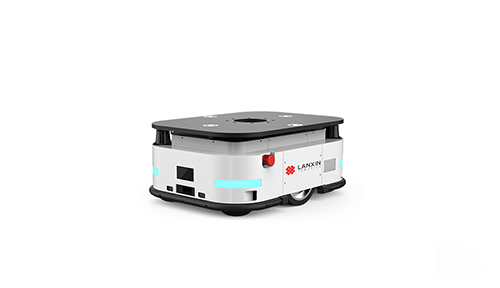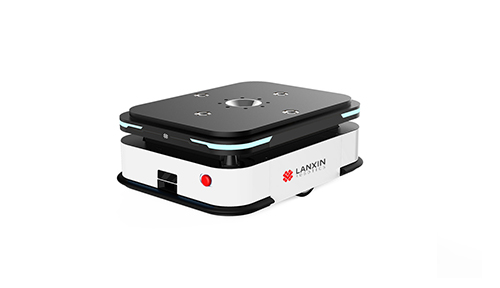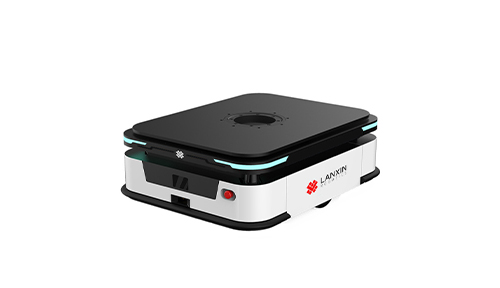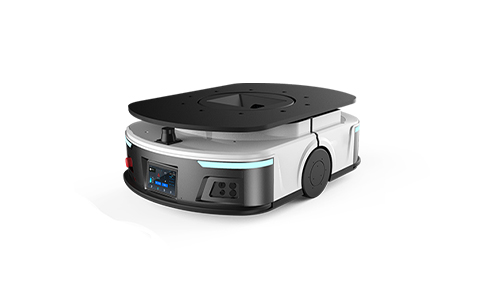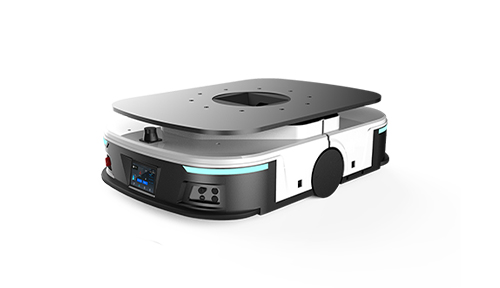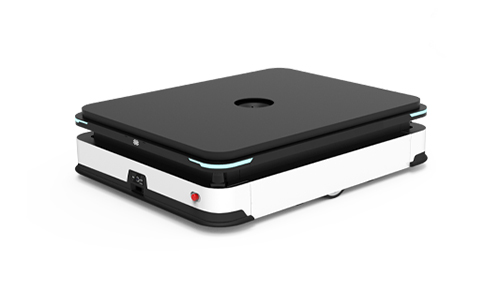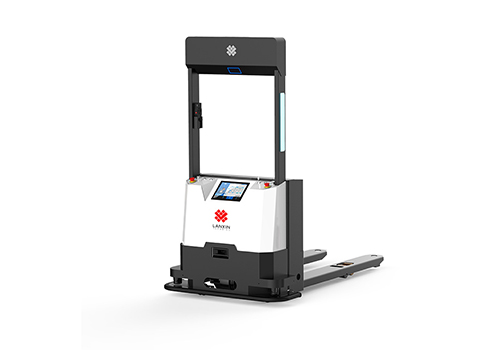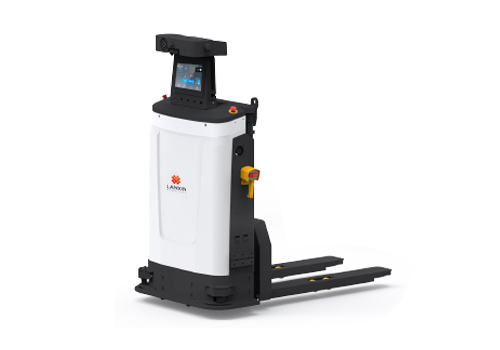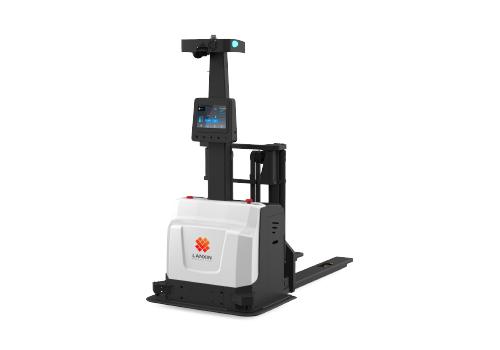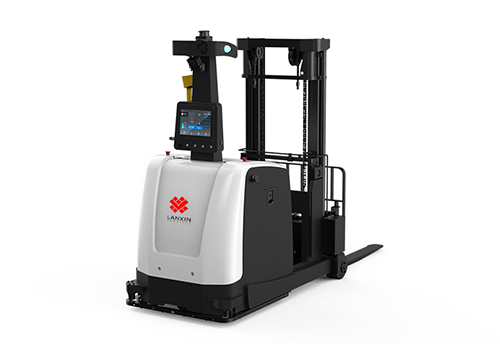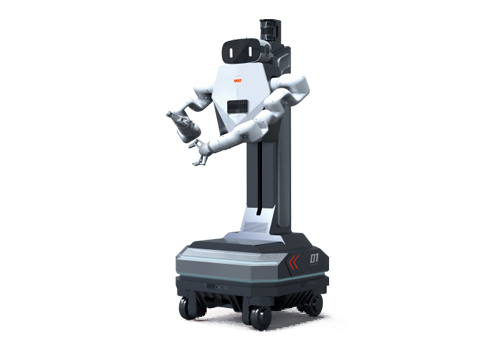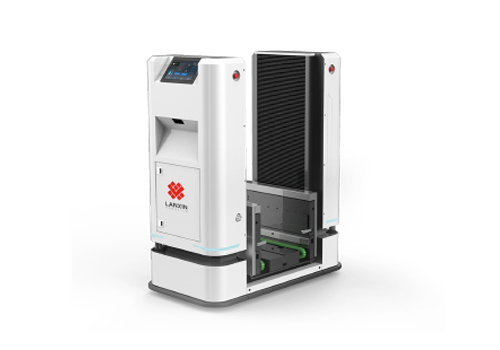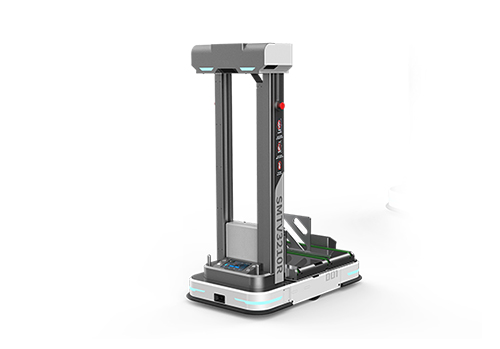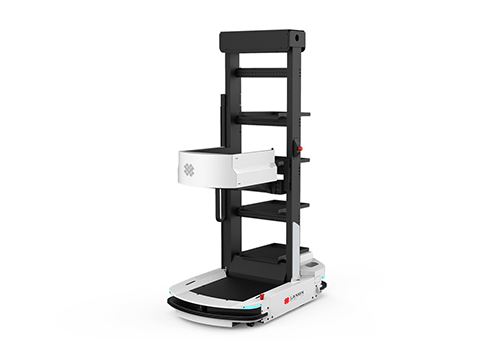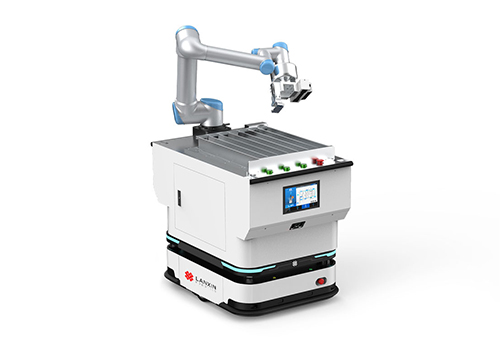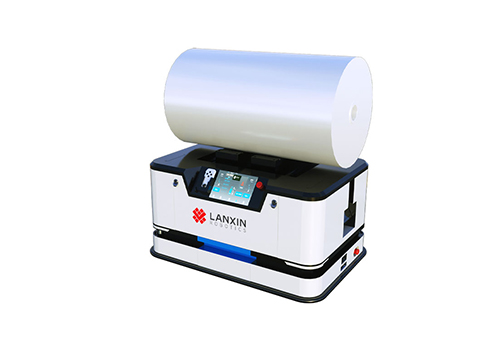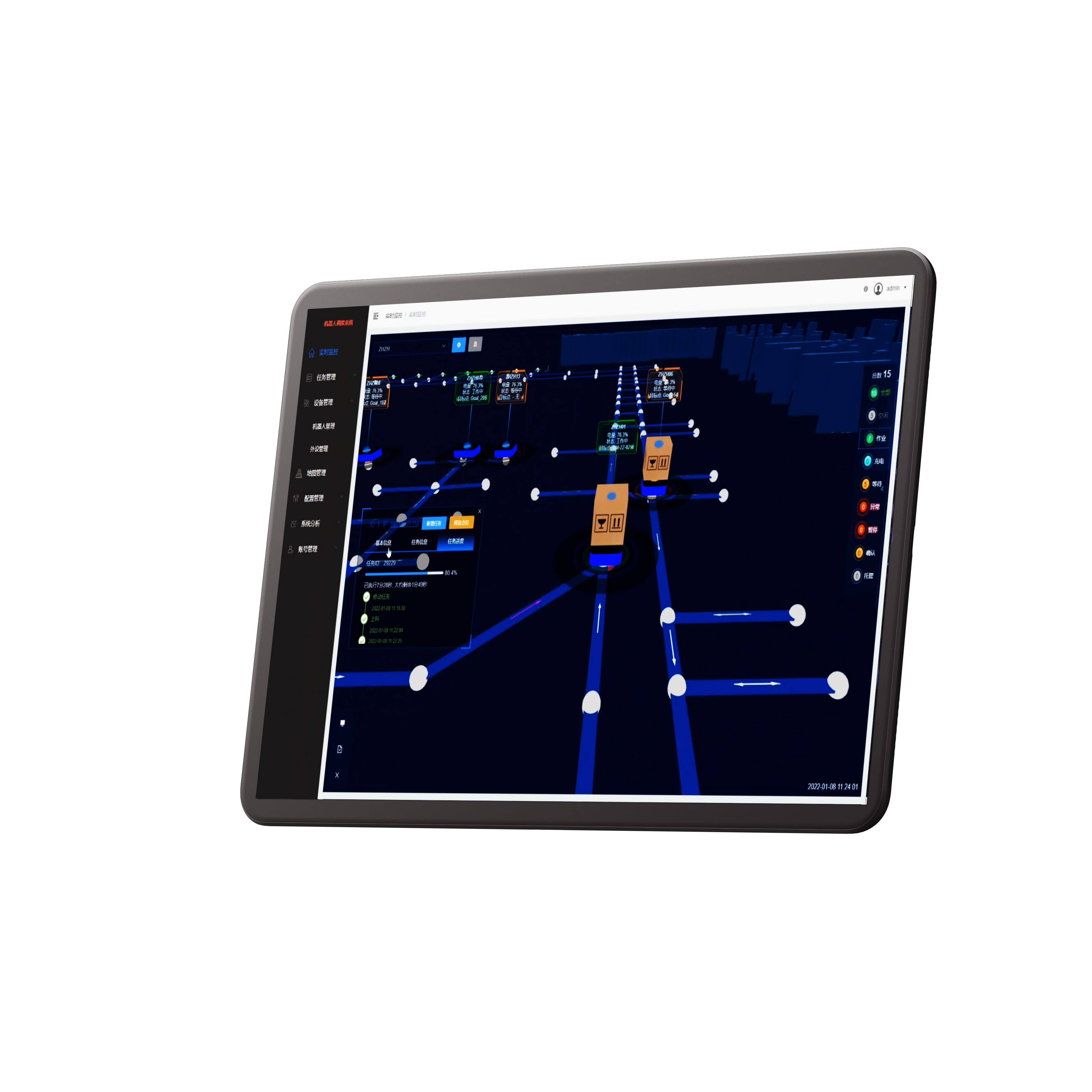VMR-FR3300L

The Electrical & Electronics industry is undergoing a significant transformation in production methods, with more companies adopting automation technologies like warehouse solutions to enhance digitalization and intelligence levels. Mobile robots, as efficient and flexible automation devices, are increasingly becoming an integral part of E&E production lines. Let's explore the pain points in E&E production and how to address them.
1. High Flexibility: The small-batch and diversified production models require companies to have a high degree of flexibility and quick response capabilities to promptly adjust production lines to meet new product order demands. Utilizing a comprehensive warehouse management system can help manage these changes efficiently.
2. Complex Processes: The manufacturing process for E&E products is complex, typically involving front-end component production, mid-stage module packaging (SMT/LCM), and back-end assembly/testing/packaging, with numerous handling and loading/unloading steps. Implementing Robotic Process Automation can streamline these processes, making them more efficient and less prone to error.
3. Information Traceability Challenges: Machines often operate independently, creating numerous information silos, leading to a lack of strong association and utilization of production data across the entire factory. Automated Mobile Robots (AMRs) can help bridge these gaps by ensuring continuous data flow and integration across different stages of production.
4. High Labor Intensity: Manual handling faces high intensity due to fast-paced production, which is time-consuming, labor-intensive, and prone to issues like delays in material supply and stockpile buildup. Introducing electric forklifts can reduce the physical strain on workers, allowing for quicker and more efficient movement of goods.
............
How to Resolve Production Challenges and Improve Production Management?
Lanxinrobotics' LX-MRS system offers an Intelligent Factory Production Line Logistics Solution for the E&E Industry, covering the entire production process. This highly integrated hardware and software solution brings significant changes and efficiency improvements to production methods.
1. Incoming Material Unpacking Area → Raw Material Warehouse
Upon arrival, goods are transported by unmanned forklifts from the dock to the unpacking area, where they are unpacked, quality-checked, and then sent to the raw material warehouse. This warehouse solution helps streamline the process, ensuring efficient material handling.
Path One: Electronic trays are unpacked, inspected, and placed on conveyors and transfer docks. The docks automatically initiate transport tasks to WCS and RCS; the dual-roller robot retrieves materials and exchanges empty and full trays. It then passes through a dust removal chamber into the raw material warehouse, connecting to the electronic warehouse to complete the upload and recovery of empty and full trays.

Path Two: Small items are unpacked, inspected, and placed in turnover boxes and carts, which are transported to the raw material warehouse by latent mobile robots. These robots dock with three-tier roller docks to unload and recover empty boxes. A bin robot retrieves full boxes from the dock and stacks them in storage.
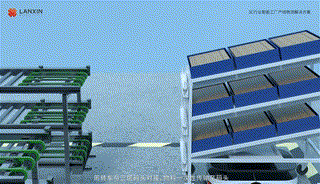
2. Raw Material Warehouse → SMT Line/DIP Line
Path One: The MCS system monitors stock status and material levels in real-time, automatically planning and initiating transport tasks. The dual-roller robot retrieves full tray carriers and uploads empty carriers at the raw material warehouse, then transports the trays to the SMT workshop's side buffer dock, unloads the trays, and retrieves empty carriers before departing.

Path Two: The bin robot receives a picking task, precisely locates and retrieves turnover boxes from the shelves, places them on the roller dock, and recovers empty boxes. Workers then select materials, scan codes, and unlink information, placing them on turnover carts. The RCS initiates a transport task, and latent mobile robots deliver the raw material turnover carts to the SMT line or DIP line.
3. SMT Section Logistics 01
When the PCB box is transferred to the unloader docking position, a transport task is automatically triggered. The SMT loading & unloading robot docks with the unloader, receives the full PCB box from the lower layer, and sends it to the side buffer warehouse, then retrieves an empty PCB box and sends it to the unloader.
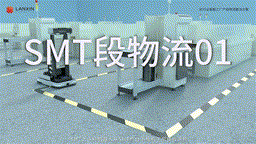
4. SMT Section Logistics 02
The SMT loading and unloading robot retrieves full PCB boxes from the side buffer warehouse after secondary processing and delivers them to the lower layer of the DIP line's loader, then retrieves empty boxes from the upper layer and sends them to the side buffer warehouse.

5. SMT Section Logistics 03
The SMT loading and unloading robot retrieves full PCB boxes from the buffer warehouse, delivers them to the lower layer of the SMT loader for secondary processing, then retrieves empty PCB boxes and sends them to the side buffer warehouse.

6. DIP Line → Finished Goods Warehouse
After DIP packaging, goods are placed on end-line pallets. Workers issue transport tasks via electronic devices, and transport-type unmanned forklifts automatically retrieve full pallets and deliver them to the finished goods warehouse, then recover empty pallets. Stacker-type unmanned forklifts stack full pallets onto shelves.

7. Finished Goods Warehouse → Finished Goods Dispatch Area
Stacker-type unmanned forklifts retrieve full pallets from shelves and place them at the warehouse edge. Transport-type unmanned forklifts then deliver goods to the finished goods dispatch area.

Lanxinobotics LX-MRS System
Safer: Equipped with 3D obstacle avoidance cameras and intelligent algorithms, it detects airborne/low obstacles, providing rich obstacle information (including distance and object name) and intelligently determines dynamic/static properties to implement different avoidance strategies.

More Stable: Using 3D positioning and navigation cameras with intelligent algorithms, it captures ceiling information and generates dense point cloud maps, offering stable navigation in complex environments. The stable overhead environment prevents interference from dynamic elements like people, vehicles, and logistics on the ground.

Smarter: With 3D docking cameras and intelligent algorithms, it enables high-precision docking between unmanned forklifts and pallets, requiring no complex training and compatible with mainstream pallets on the market, including automatic correction.


Contact Us
Lanxin Technology, 7-802,
China Artificial Intelligence Town,
No.1818-2 Wenyi West Road,
Hangzhou, Zhejiang, China
marketing@lanxincn.com
Popular Products
Cases
Industry

